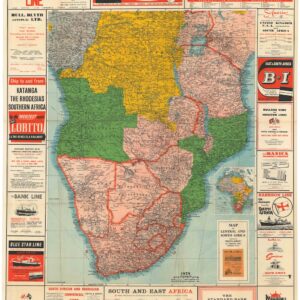Pujol’s map of the Saint Louis-Dakar Railroad in Senegal: A masterful cartographic visualization of French Colonial Dominance in West Africa.
Carte des Pays Situès entre Richard-Toll (Fleuve), et Dakar.
Out of stock
Description
This rare map, printed on durable linen silk for military use, offers a captivating glimpse into the modern history of colonial West Africa. Compiled by French cartographer Auguste Pujol and published at the cusp of the 20th century, this fascinating French map of colonial Senegal highlights one of the colonial government’s strategic infrastructure initiatives: the Saint-Louis to Dakar Railroad. This railroad played a pivotal role in the French endeavor to retain colonial hegemony in West Africa.
The map explores western Senegal, detailing the essential features of French dominion, namely the Senegal River and the Saint-Louis – Dakar Railway (SLD). It draws on surveys conducted by French administrator Jean Marie Emile Pinet-Laprade and engineer Pierre Famin. The SLD, completed in 1885, facilitated swift movement between the capital of Saint-Louis and the port of Dakar while also securing control over the Cayor Kingdom along its route. The map ingeniously presents three detailed maps depicting Dakar, Saint-Louis, and the historically significant Gorée, where some of the darkest chapters of the slave trade unfolded.
The Saint-Louis-Dakar Railway
The Saint-Louis-Dakar Railway was Senegal’s first railroad, connecting the capital, Saint-Louis, to the primary coastal hub at Dakar. Its construction began in 1878 and was essentially a way for the French to win access to the rich resources of the interior while at the same time increasing their ability to dominate the indigenous Islamic population, known as the Cayor Kingdom, who were well-known for their opposition to French hegemony. The strategic positioning of the railway away from lightly populated coastal regions into densely populated Cayor heartlands bolstered French influence. In the 1920s, the line was dubbed the ‘Peanut Railroad’ because it facilitated the transportation of groundnut crops. Remarkably, it operated intermittently until around 2000.
Photo-zincography and Helio-zincography
Producing this wonderful map involved an innovative practice known broadly as photo-zincography and helio-zincography. These techniques, championed by the British Ordnance Survey, utilized photographic negatives of glass to create carbon-positive prints transferred onto zinc plates. Helio-zincography, which essentially was an advancement of photo-zincography, placed the negatives directly on the zinc plate, reducing both weight and cost and making it ideal for cartographic projects in which mobility and cost were paramount.
Census
Our map was printed on silk linen using helio-zincography and probably published by the French administration in the Senegalese capital of Saint-Louis. It was commissioned by Colonel August Marie Joseph Pujol, a French colonial officer in West Africa, but interestingly the actual survey work and map composition was led by Sergeant A. Vandenkerckhove of the ‘Tirailleurs seneglais’ (Senegalese skirmishers): an all-African unit under the ‘Armée coloniale.’ This makes this one of very few colonial maps of Africa actually compiled by Africans.
Plate numbers suggest this map may have been intended for a military atlas or official map collection, although only one similar item, a map of the Senegal River. We have not been able to identify any other examples of this extraordinary map.
Cartographer(s):
A. Vandenkerckhove was an indigenous Senegalese soldier working for the French colonial army in Senegal. He was part of an all-African unit known as the ‘Tirailleurs seneglais’ (Senegalese Skirmishers) that was charged with the survey work and compilation of regional maps for the French colonial government. As such, he stands as one of the earliest known African cartographers.
Vandenkerckhove is essentially a Dutch name, and it is unclear why a Senegalese soldier under French rule would have such a name. He is not to be confused with the Belgian writer and mystic Auguste Vandekerkhove, who lived at roughly the same time.
Auguste Marie Joseph PujolAuguste Marie Joseph Pujol (1863-1945) was a distinguished French colonial officer who served in occupied West Africa. He was born in Camargue, France, and held several foreign postings between 1880 to 1899. These included Reunion (1885), Madagascar (1886), Senegal (1890), Sudan (1892), and Tonkin (1893 – 1903). While stationed in Senegal, he held the rank of Etat-Major du Commandant Superior des Troupes Coloniales. He is known chiefly for having commissioned several detailed topographical maps of the region.
Condition Description
The map is in good condition, with slight soiling and discoloration along the old vertical fold. It remains a captivating testament to the history and significance of the Saint-Louis-Dakar Railroad in Senegal's colonial past.
References
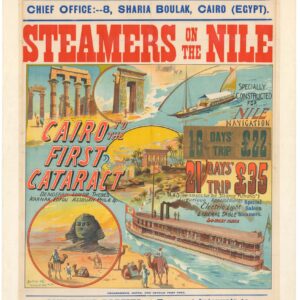
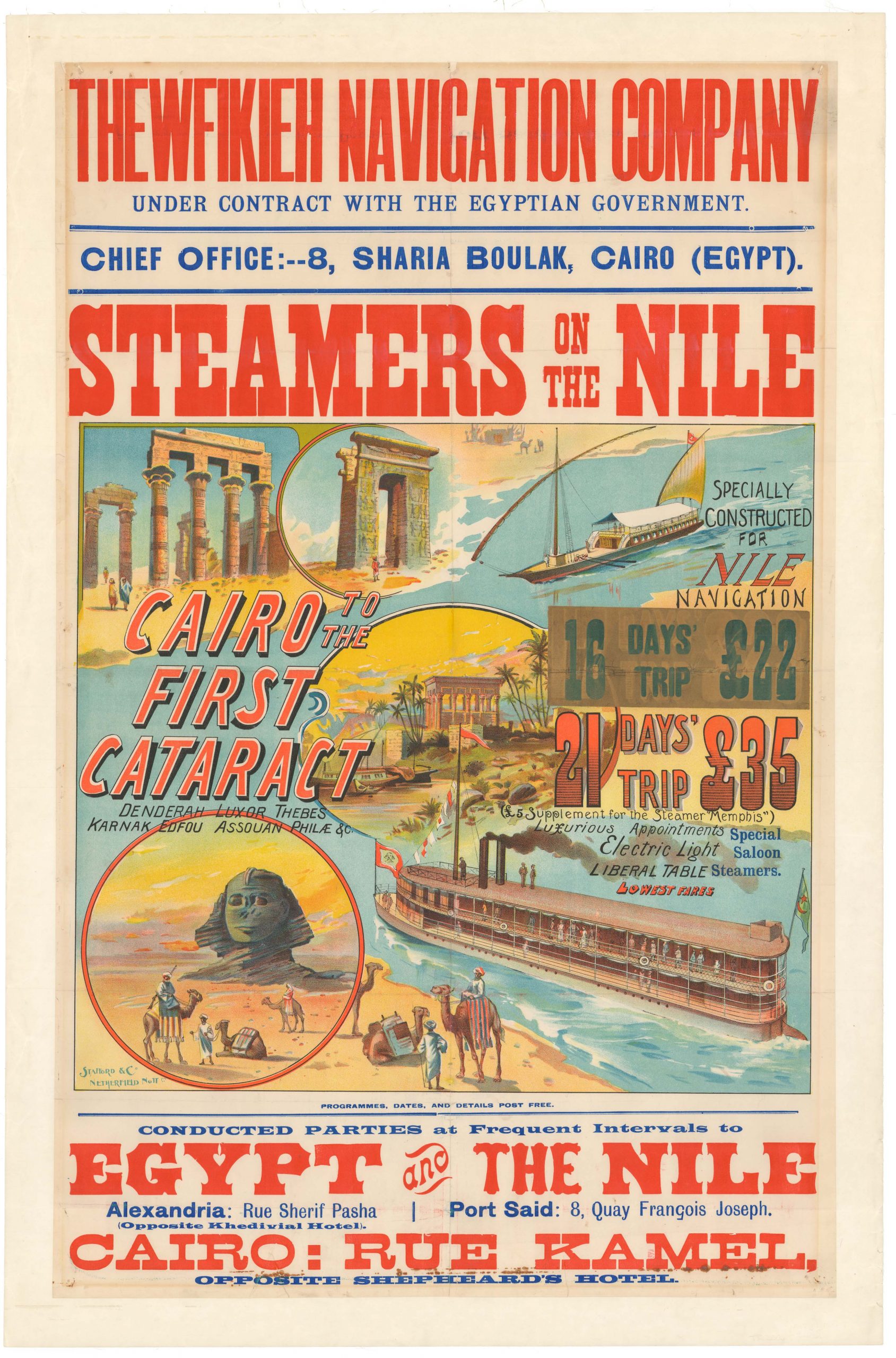
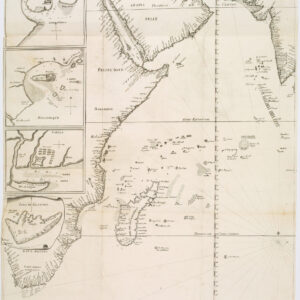
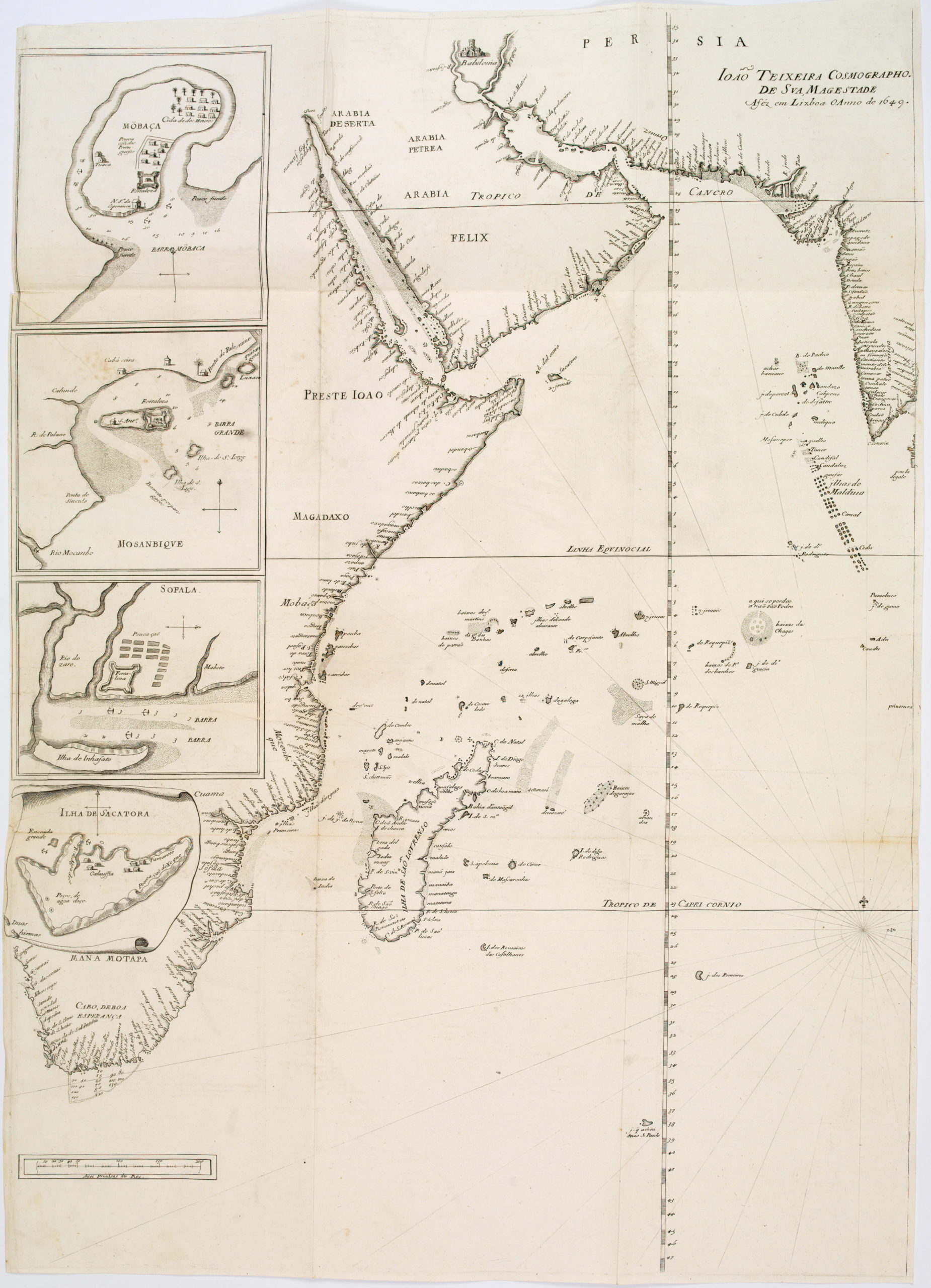
![[With Extensive Contemporary Annotations] Ordnance Survey of the Peninsula of Sinai Made in 1868-9.](https://neatlinemaps.com/wp-content/uploads/2020/05/NL-00842_Thumbnail-300x300.jpg)
![[With Extensive Contemporary Annotations] Ordnance Survey of the Peninsula of Sinai Made in 1868-9.](https://neatlinemaps.com/wp-content/uploads/2020/05/NL-00842-scaled.jpg)
![[With Extensive Contemporary Annotations] Ordnance Survey of the Peninsula of Sinai Made in 1868-9.](https://neatlinemaps.com/wp-content/uploads/2020/05/NL-00842-scaled-300x300.jpg)
